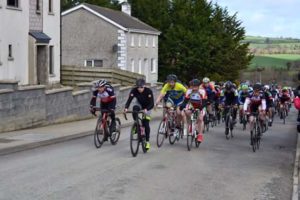
Gorey 3-Day 2016 – Stage 2 was run in wintry conditions
Winter Cycling
The racing group has just completed a series of Autumn training spins; these were typically 40-50 miles with the occasional effort thrown in for fun. However, as November arrives, the emphasis must shift towards more structured long-distance group rides, with an emphasis on endurance and a solid base for next year’s long season.
This can be a tricky time, not least for group leaders, as all sorts of issues like weather, group fitness, fatigue, new riders, mudguards, mechanicals and winter roads can make the weekend spin difficult to manage.
High Intensity Cycling in Winter?
Also, the emerging trend towards more “high intensity” training for “time crunched” athletes is another factor to contend with. This is perfectly fine on a turbo, in a spin class, or on your own when it suits. But I’m not convinced it does anything for group/club morale or cohesion, especially in winter.
I believe that ALL groups in the club, not just the racers, encounter these issues as time goes by. So I would like to mention a few things that can make the weekend spin a little bit more manageable for everybody, using some data/observations from training this season.
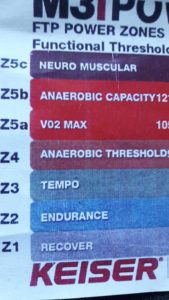
Fig. 1 – Training Zones (as seen in the Keyser Spinning Classes in K-Leisure) The essential principle of training in “zones” is the same, regardless of what system/format you employ.
Even if riders don’t fully understand training “zones” heart-rate, watts, functional threshold etc, the basic idea of winter spins is to avoid extremes. This usually means two things:
a) going too slowly, stopping too often, getting cold, not rolling over regularly etc. Too much “Recovery” (Zone 1) is really no good especially in the depths of winter. Assuming you are dressed properly, you shouldn’t really be getting cold. And stopping for half an hour for coffee/cakes is a sure way to pick up colds/bugs/infections in my experience.
b) going “into the red” too often. This happens when the pace goes up, usually when some riders decide to put the hammer down in the middle of a winter spin. There is really no need for anaerobic “high intensity” riding on a long winter spin, except maybe on the gallop back to home, as is understandable. But if a rider is regularly out of breath and struggling, they are likely not fit enough for the group, feeling unwell on the day, or perhaps there are one or two riders in the group who are putting everybody under pressure and need a word from the group leader.
The Value of Endurance
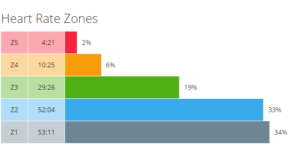
Fig. 2 – a recent Autumn spin with “zones” indicated.
Road cycling is an endurance sport – therefore endurance fitness is the bedrock of all training. Our weekend spins are all structured towards developing a rider’s endurance in the first instance. The picture above shows a near perfect picture of the level of effort on a recent Sunday Spin – two-thirds was done in the lower zones (1 and 2) while there was sufficient effort needed during the day to see all zones taxed to some degree. Just 2% of the spin (4 minutes 21 seconds) was in the top Zone 5 (climbing a steep incline and accelerating over the top of a long drag.) This picture is near enough perfect for this time of year. As we go further into winter, avoiding very high intensity altogether is not necessarily a bad thing: building endurance is more important.
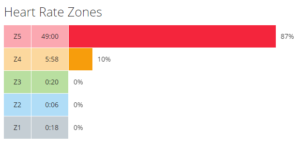
Fig. 3 Typical effort in a cyclo-cross race – possibly the most high-intensity workout in any cycling discipline!
Contrast this with the unbelievably high intensity needed to compete in cyclo-cross, whereby an incredible level of anaerobic power and endurance is employed, climbing on and off the bike, cycling through mud, shouldering the bike and generally wobbling everywhere. This is why ‘cross riders are among the fittest and most amazing cyclists out there (I’m sure Mark Yandle would agree!) For riders who can’t ride each weekend, a dose of cyclo-cross will blow away the cobwebs and keeps the engine ticking over till January. But some endurance riding will still be needed for the road season ahead.
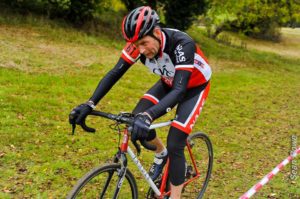
Mark Yandle in action in Punchestown Cyclocross
To bring all this together, consider that in order to compete at a high intensity, such as in a race or gran fondo or major sportive, endurance, allied to good bike handling and road skills, underpins everything. In other words, you won’t achieve fig. 3 if you don’t start with fig. 2. And a basic understanding of fig. 1 is where it all starts, if you want to train this winter. The next 4 months is the time to achieve this.
2018 Season
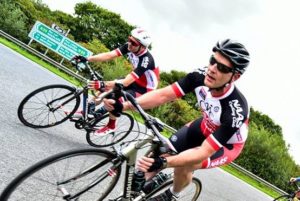
Paul Seery & Eoin Hickey – will lead the race group in 2018
I want to wish all groups the best over the winter. The race group will depart at 9am every Sunday right through to the start of March. Riders of various abilities have made good strides this year so we want to improve again in 2018. Paul Seery has agreed to take the role of road captain, assisted by Eoin Hickey, while Colm Alley has offered to take on the position of racing secretary. I am delighted to see these lads volunteering their time to the club and we will support them in their work.
Cheers and enjoy the winter.
JK

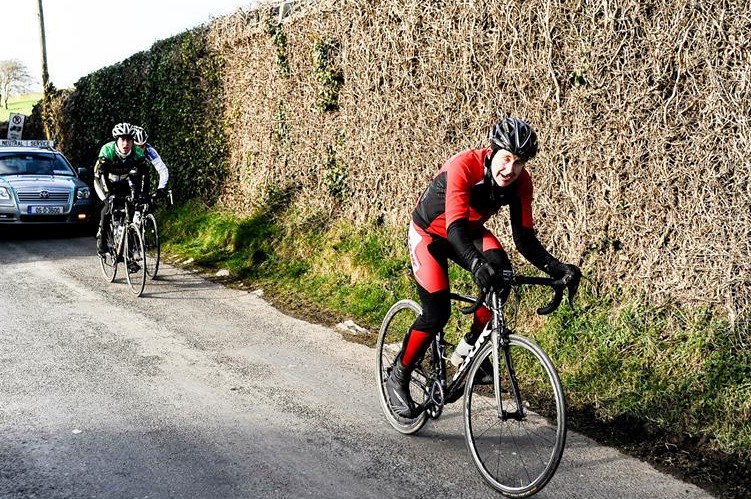
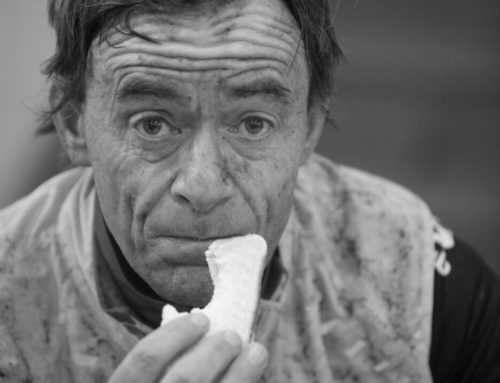
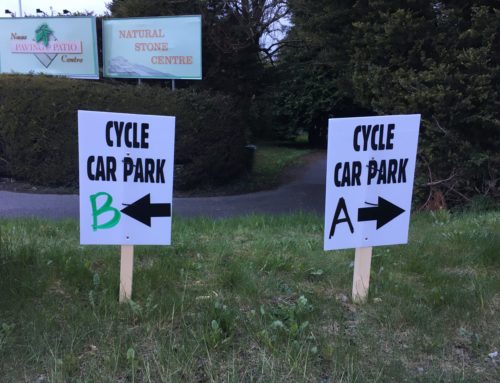


Leave A Comment